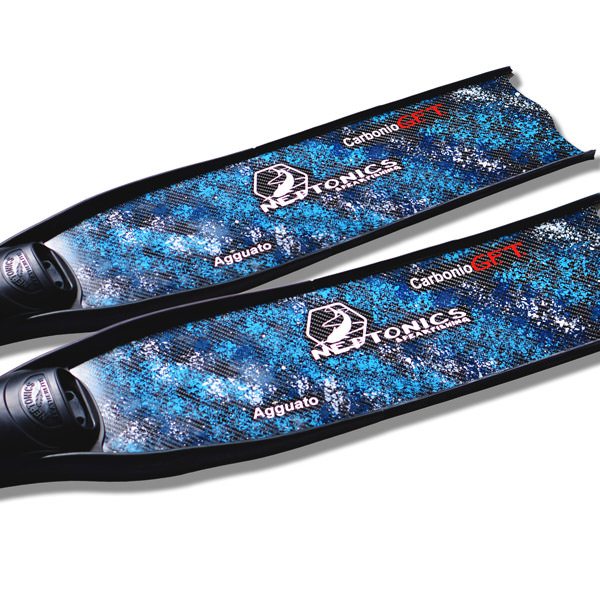
Carbon Fiber Fins For Freediving - The Basics
There are several different kinds carbon fiber fins for freediving on the market with dozens of different manufacturers, and each of them have a variety of styles, foot pockets, and color options. This post will be going over some of the basic differences between different types of carbon fiber fins, and what you should be looking for in a pair of carbons.
Progressive and Reactive Fins
Carbon fiber fins for freediving fall into two broad categories. There are progressive carbon fiber fins and reactive carbon fiber fins. Both have pros and cons, and have found their place in different types of diving.
Reactive Carbon Fiber Fins
Reactive carbon fiber fins are very useful for spearfishing. These fins have an immediate reaction to the force of your feet kicking in the water. That makes these fins useful for pulling fish up off the bottom or out of ledges and caves. There are too many examples in spearfishing where you need to move immediately through the water, generating lots of power in a particular direction quickly. Sometimes that means trying to close the distance on a fish for a long shot, fighting a fish off a wreck, or shorediving through the surf. With that being said, reactive fins are a little less efficient over long, steady swims compared to progressive fins.
Progressive Carbon Fiber Fins
Progressive carbon fiber fins are designed for long and deep dives. As the name implies, progressive carbon fiber fins take a little longer to work effectively. As you make slow, steady kicks, these fins become very efficient at propelling a diver through the water. This is valuable if you are doing deep dives and you need to swim well over 100 feet (30 meters) to the surface, or doing long dynamic dives in a pool. With that being said, it can take two or three kick cycles before these fins start to move a diver efficiently in the water.
Fin Stiffness Differences
Most carbon fiber fin manufactures make two to three different fin stiffnesses for their carbon fiber fins. The problem is, every manufacturer measures stiffness differently and arbitrarily. What that means is that one manufacturer's soft fins can be a different true stiffness than another manufacturer's soft fins. The same goes for medium and hard stiffness fins. These differences can make it challenging for a diver to decide between one brand or another. With that being said, the difference between one brand and another may be noticeable, but not significant enough to dramatically impact your diving.
Choosing the Right Stiffness Carbon Fiber Fins for You
The biggest factors for picking the right stiffness blades for you are your weight and size. The general rule is that the bigger you are, the stiffer your fins should be. Every manufacturer will have recommendations based on height and weight what stiffness blades would work best for you, and not everyone fits in a perfect box. Most manufacturers will say that if you are under 170 pounds (77 Kg) soft blades are your best option. If you're between 170 (77 Kg) and 210 pounds (95 Kg) medium blades are a better option. If you're above 210 pounds, hard blades are a good choice. If you are near the edge of any of these ranges, normally the fin you choose will be up to personal preference. If you have lower body injuries, you may want to go with a softer blade. People with strong legs may want to move up on the stiffness to move through the water more efficiently.
